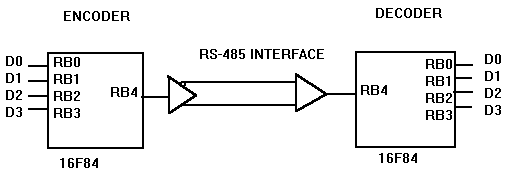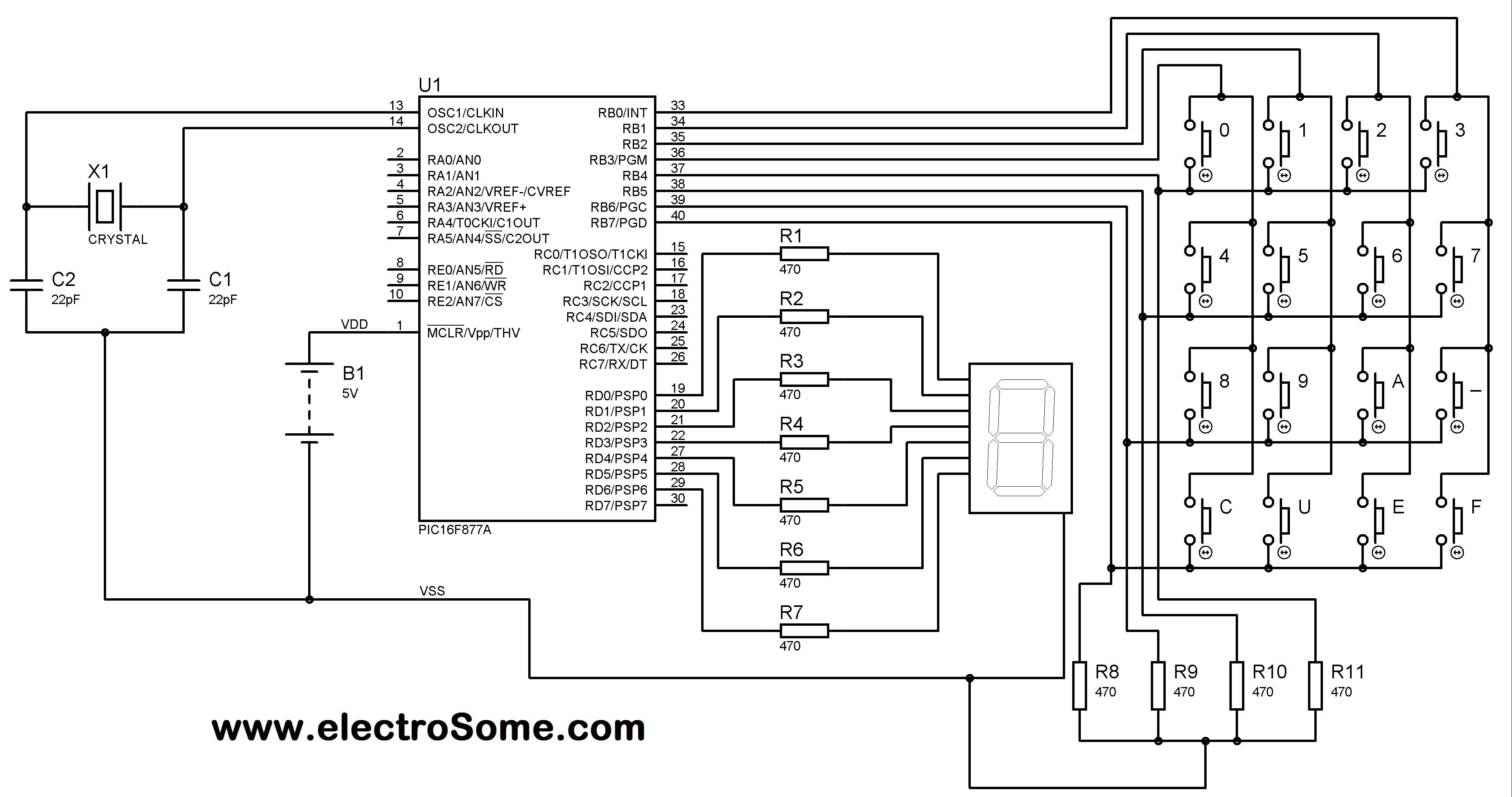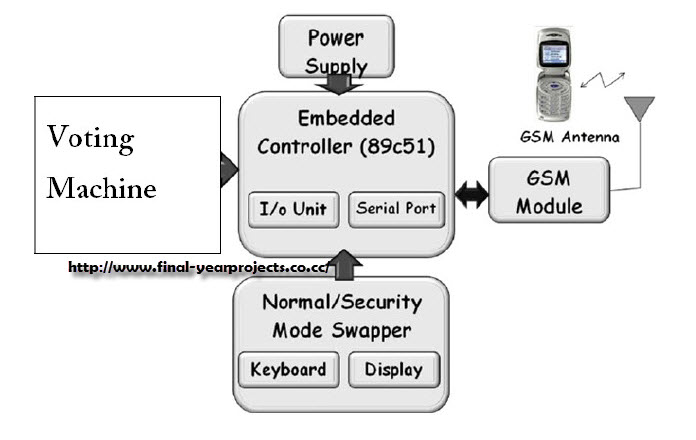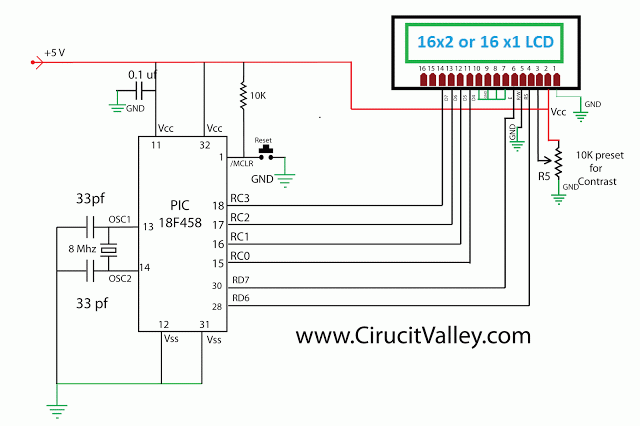
avr based 8051 microcontroller programmer
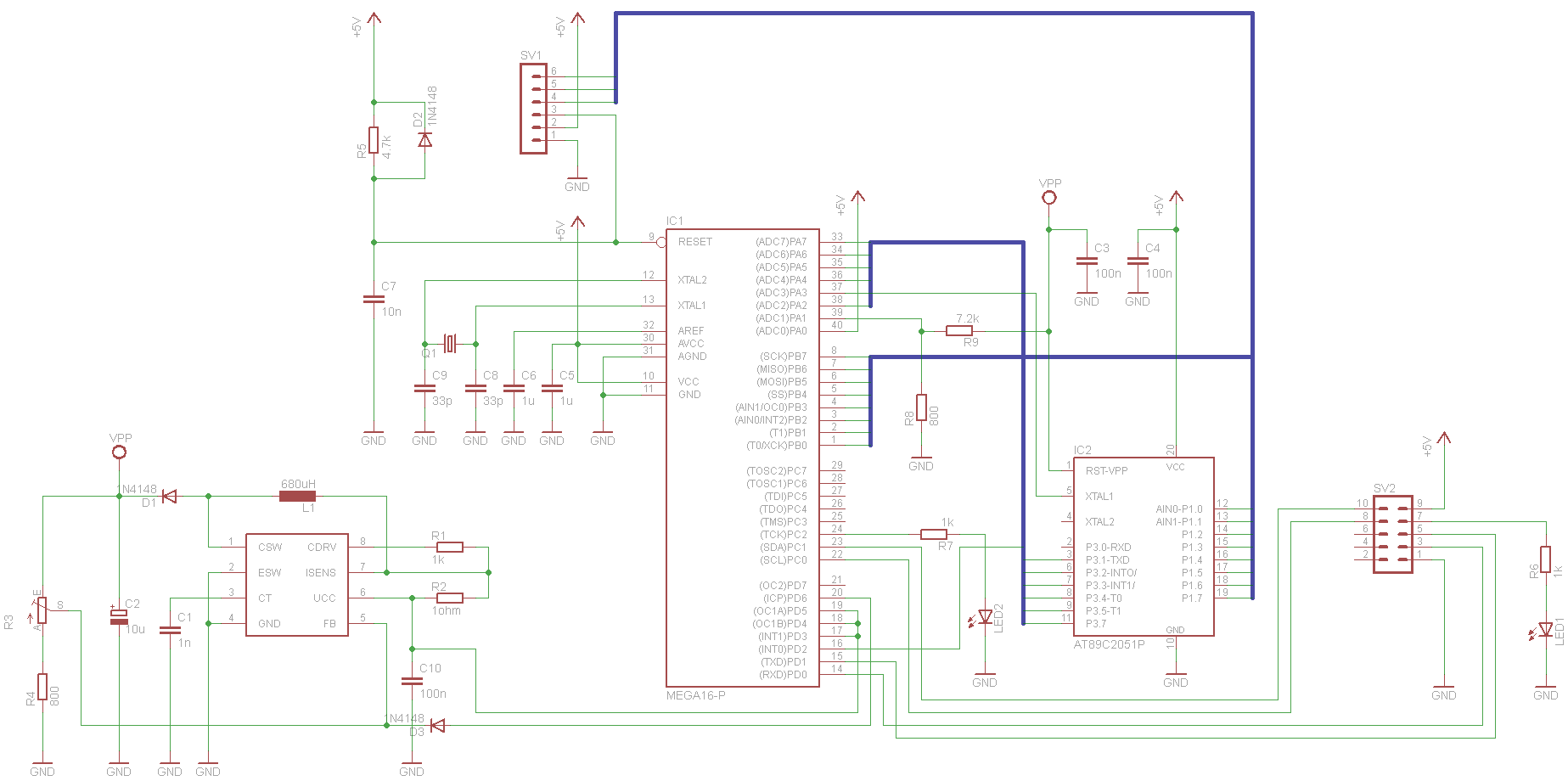
This project has been set aside for several years. It was initially intended for programming old 8051 microcontrollers, which have since become obsolete. The project was recently revisited due to the need for a programmer for the Atmel Xmega series. The programmer features an ATmega16 AVR microcontroller.
The schematic for this programmer involves an ATmega16 AVR microcontroller, which serves as the core processing unit. The ATmega16 is connected to various components that facilitate communication with the target Atmel Xmega microcontrollers.
The circuit typically includes a USB to serial interface for programming purposes, allowing the programmer to connect to a computer. This interface may utilize a USB-to-UART bridge chip, such as the FT232R or CP2102, which converts USB signals to serial communication.
Power supply considerations are crucial; the ATmega16 can be powered through a regulated 5V supply, often derived from the USB connection. A decoupling capacitor is recommended near the power pins of the ATmega16 to ensure stable operation.
The programmer may also include a reset circuit for the target microcontroller, typically involving a pull-up resistor connected to the reset pin. Additional components like LEDs can be included to indicate the status of the programming process, providing visual feedback during operation.
For programming the Xmega series, the circuit must implement the appropriate programming protocol, which may involve using the SPI or JTAG interface, depending on the specific requirements of the target microcontroller. The schematic should reflect the necessary connections for these interfaces, including any required resistors or capacitors to ensure signal integrity.
Overall, this programmer design offers a versatile solution for interfacing with modern microcontrollers, adapting the original concept to meet current technological needs.I`ve had this project laying around for years - originally I intended to use it to program some old 8051 microcontrollers, that in meantime became obsolete, causing me to mothball the project until very recently, when I started to need a programmer for atmel xmega series. The programmer consists of an atmega16 AVR.. 🔗 External reference
The schematic for this programmer involves an ATmega16 AVR microcontroller, which serves as the core processing unit. The ATmega16 is connected to various components that facilitate communication with the target Atmel Xmega microcontrollers.
The circuit typically includes a USB to serial interface for programming purposes, allowing the programmer to connect to a computer. This interface may utilize a USB-to-UART bridge chip, such as the FT232R or CP2102, which converts USB signals to serial communication.
Power supply considerations are crucial; the ATmega16 can be powered through a regulated 5V supply, often derived from the USB connection. A decoupling capacitor is recommended near the power pins of the ATmega16 to ensure stable operation.
The programmer may also include a reset circuit for the target microcontroller, typically involving a pull-up resistor connected to the reset pin. Additional components like LEDs can be included to indicate the status of the programming process, providing visual feedback during operation.
For programming the Xmega series, the circuit must implement the appropriate programming protocol, which may involve using the SPI or JTAG interface, depending on the specific requirements of the target microcontroller. The schematic should reflect the necessary connections for these interfaces, including any required resistors or capacitors to ensure signal integrity.
Overall, this programmer design offers a versatile solution for interfacing with modern microcontrollers, adapting the original concept to meet current technological needs.I`ve had this project laying around for years - originally I intended to use it to program some old 8051 microcontrollers, that in meantime became obsolete, causing me to mothball the project until very recently, when I started to need a programmer for atmel xmega series. The programmer consists of an atmega16 AVR.. 🔗 External reference
